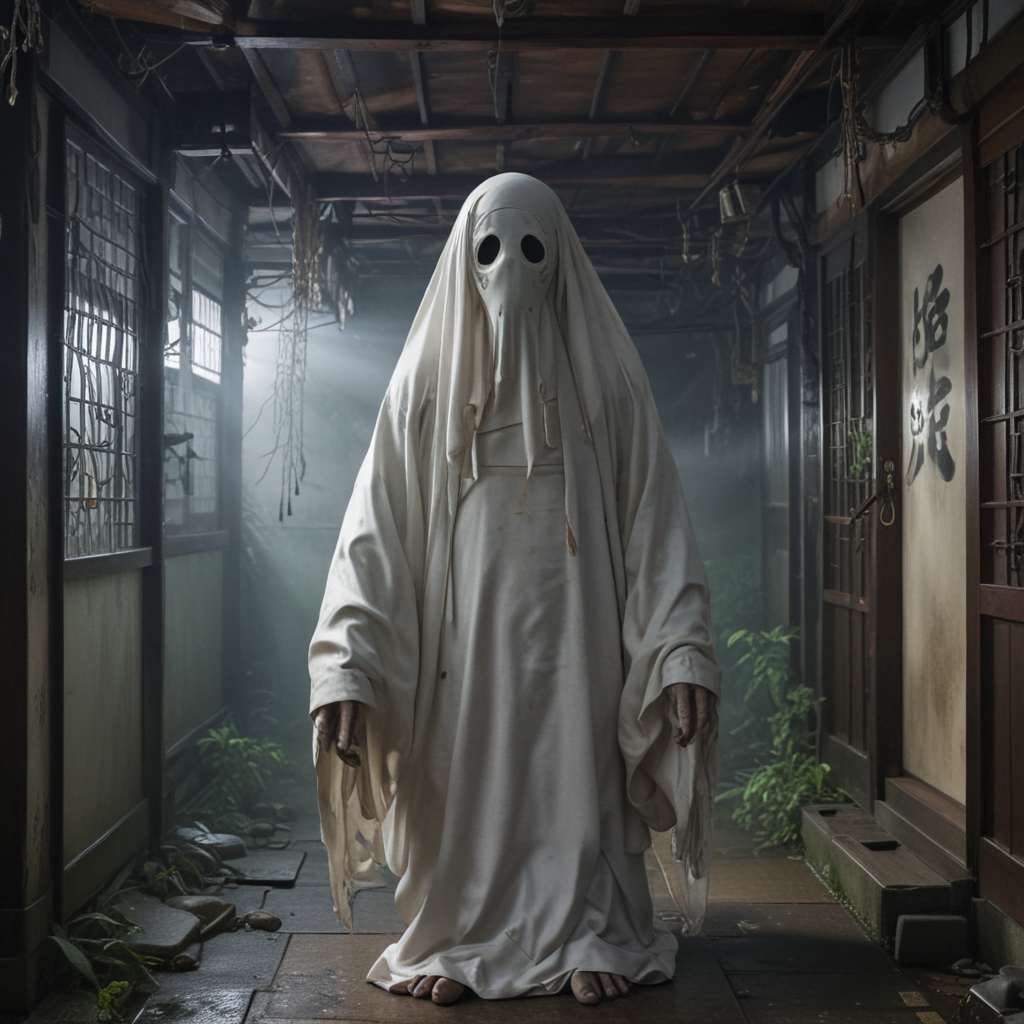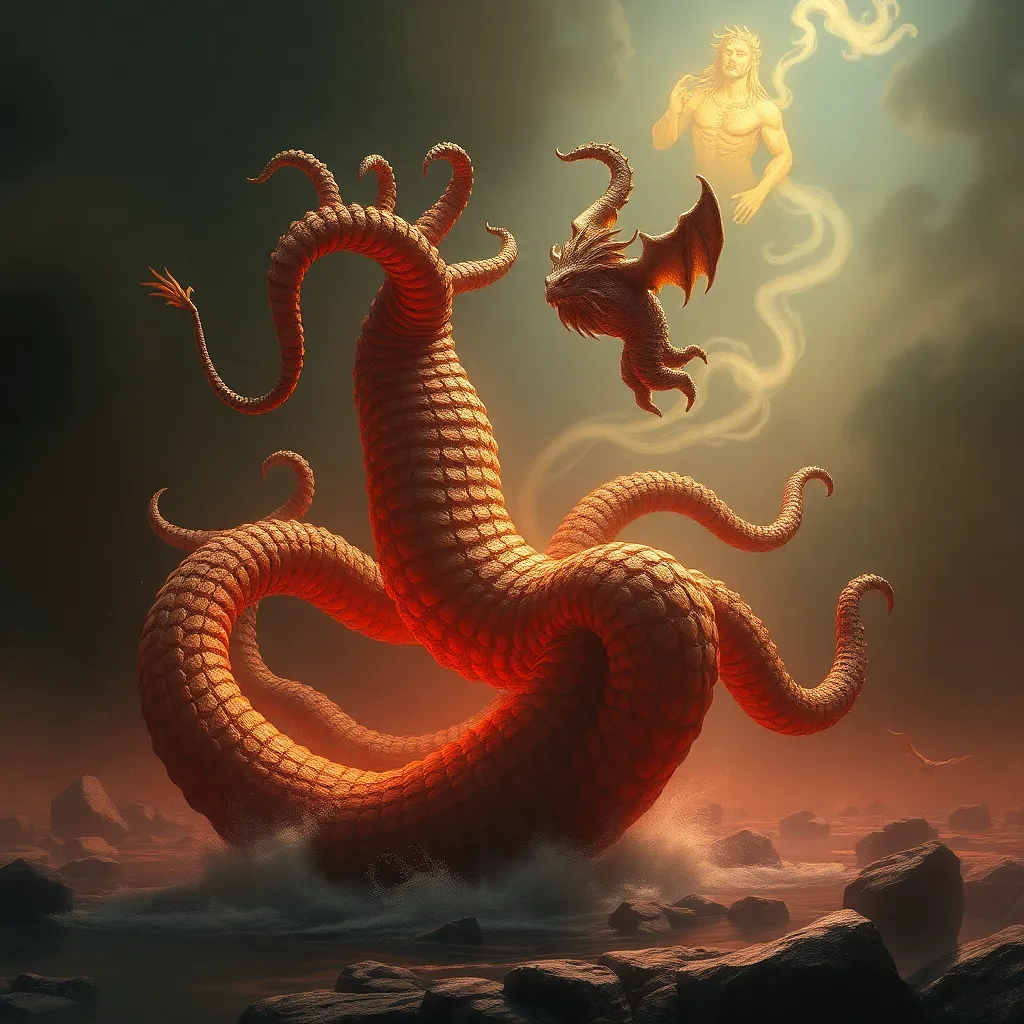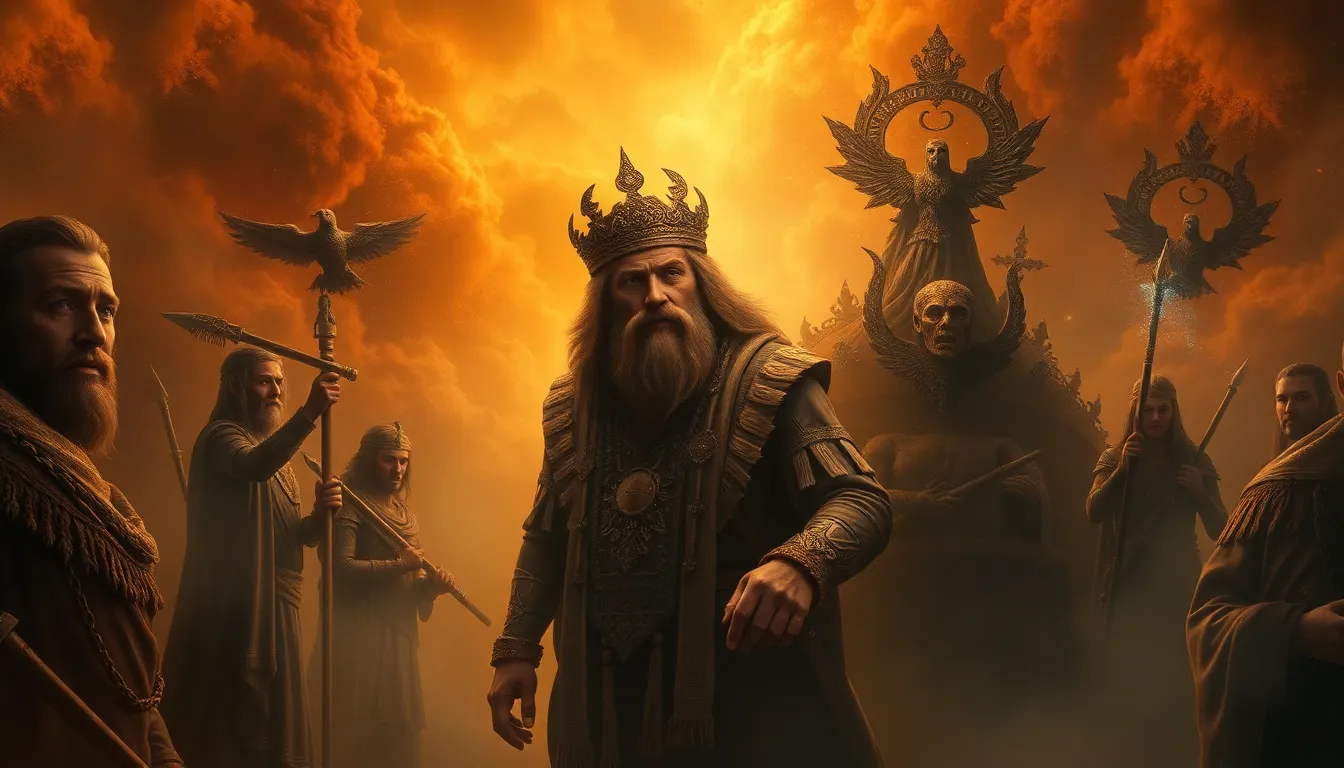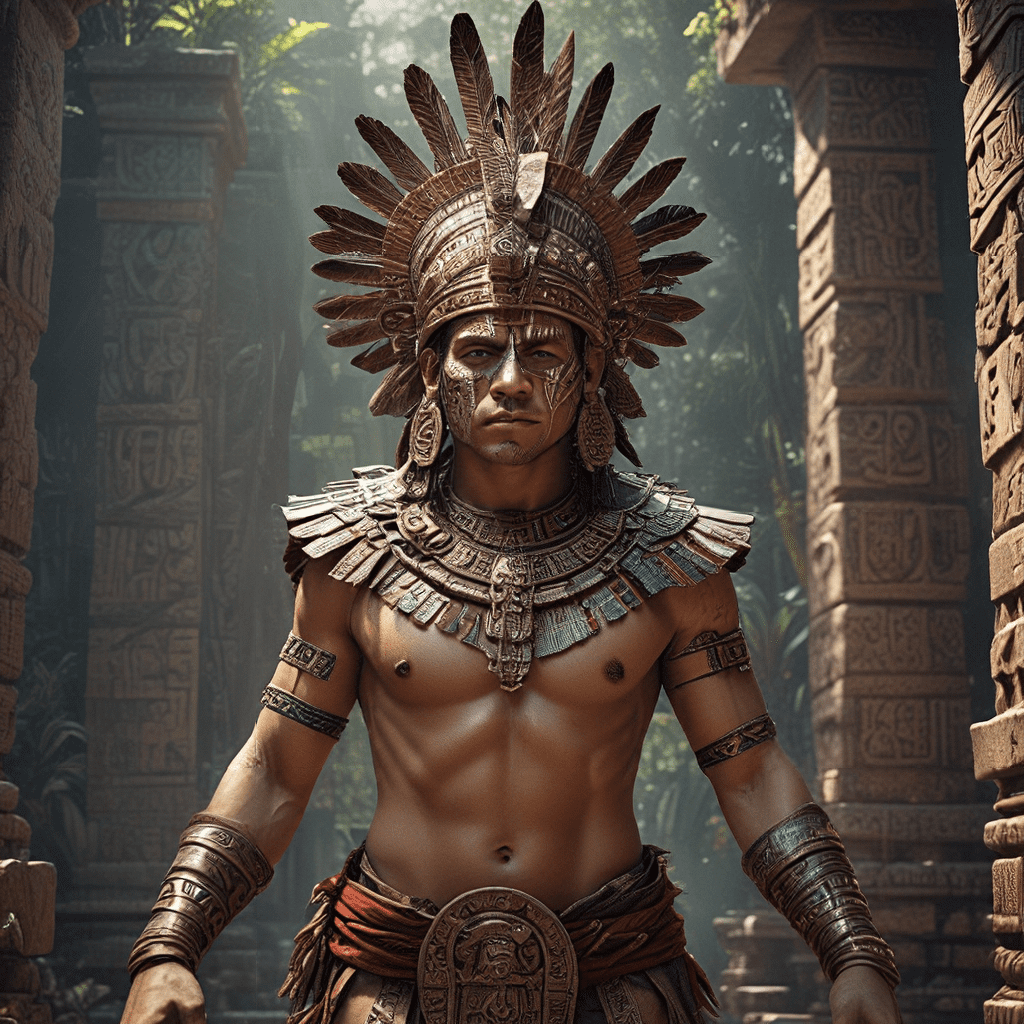I. Introduction: The Eerie Legend of the Kenebozu
In the realm of Japanese urban legends, the tale of the Kenebozu stands out as one of the most chilling and enigmatic. The legend, shrouded in mystery and rooted in ancient folklore, speaks of an eyeless ghost that roams the land, instilling fear and leaving an indelible mark on the collective imagination.
II. Description: A Shadowy Figure with a Nightmare Gaze
The Kenebozu is a malevolent entity that manifests as a tall, lanky figure, entirely black in appearance. It is most striking feature is its complete lack of eyes, creating a mask-like and unsettling visage. Its mouth, a gaping void, seems to emit a piercing whistle that can send shivers down the spine of any who hear it.
III. Origins: From Ancient Folklore to Modern Tales
The origins of the Kenebozu legend can be traced back to ancient Japanese folklore, where it was believed that the spirits of those who died with unfulfilled desires or regrets would return to the realm of the living as vengeful ghosts. Over time, the legend evolved, taking on new elements and adapting to changing societal fears.
IV. Appearances: Hauntings and Encounters in Urban Landscapes
The Kenebozu is said to primarily haunt urban areas, where it roams the streets and alleyways, seeking out its victims. It is often encountered alone, lurking in the shadows or hiding behind corners. Its presence is announced by its eerie whistling sound, which sends a cold chill down the spine.
V. The Myth: Ominous Warnings and Curses
According to the legend, encountering the Kenebozu is a sign of impending misfortune or even death. The ghost is believed to bring misfortune and curses upon those who cross its path. It is said that anyone who catches the gaze of the Kenebozu or has their name whispered by it will suffer a terrible fate.
VI. The Symbolism: Fear of the Unknown and Societal Outcasts
The Kenebozu legend has profound symbolic meanings. It represents the fear of the unknown and the dread of societal outcasts. The eyeless ghost embodies the marginalized and forgotten individuals who haunt the fringes of society, unseen and unheard.
VII. The Rituals: Ways to Ward Off the Kenebozu
In Japanese folklore, there are several rituals believed to ward off the Kenebozu. One common practice is to cover one's eyes upon encountering the ghost, effectively making oneself "invisible" to it. Other rituals include whistling loudly or carrying a charm made from the teeth of a dead dog.
VIII. Variations: Regional Differences and Cultural Adaptations
The Kenebozu legend has undergone various regional adaptations and cultural reinterpretations. In some regions, it is believed to take on different forms, such as a headless ghost or a giant with protruding eyes. These variations reflect the diverse folklore traditions and cultural beliefs of Japan.
IX. Cultural Impact: The Kenebozu in Literature, Film, and Art
The Kenebozu has become a prominent figure in Japanese popular culture, appearing in numerous works of literature, film, and art. Its eerie and unsettling image has inspired countless horror stories, films, and manga. The ghost continues to captivate audiences, instilling both fear and a fascination with the unknown.
X. Conclusion: The Enduring Presence of the Eyeless Ghost
The legend of the Kenebozu remains a testament to the enduring power of folklore and the human fascination with the supernatural. It serves as a reminder of our own fears and anxieties, while simultaneously providing a glimpse into the rich and imaginative traditions of Japanese culture. The eyeless ghost continues to haunt the collective consciousness, leaving an unforgettable mark on the world of urban legends.
FAQ
Q: What is the Kenebozu?
A: The Kenebozu is an eyeless ghost in Japanese urban legends, believed to bring misfortune and curses upon those who encounter it.
Q: How do you ward off the Kenebozu?
A: Common rituals include covering one's eyes, whistling loudly, or carrying a charm made from the teeth of a dead dog.
Q: What is the symbolism behind the Kenebozu?
A: The ghost represents the fear of the unknown and the dread of societal outcasts.
Q: What is the cultural impact of the Kenebozu?
A: The ghost has become a prominent figure in Japanese popular culture, appearing in literature, film, and art.



